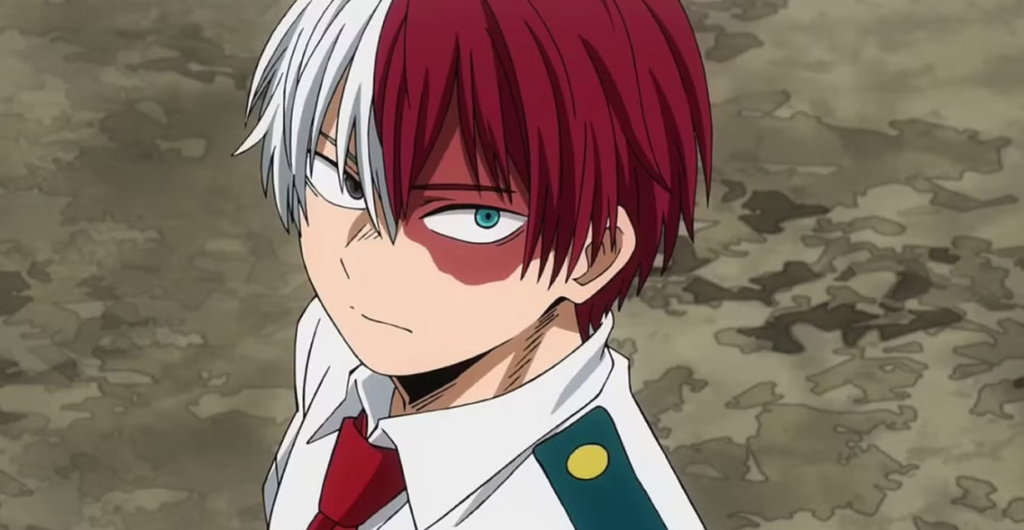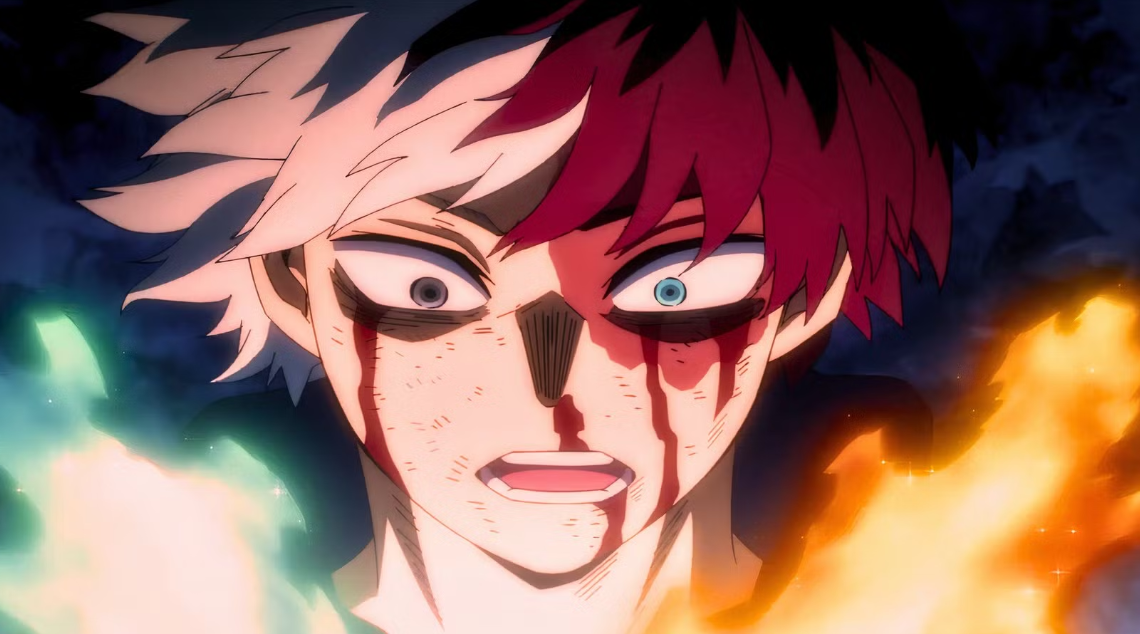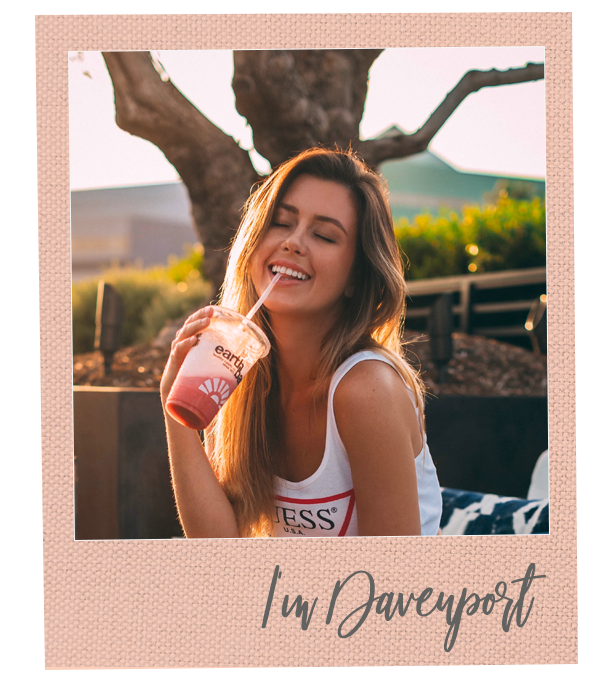Introduction
Shoto Todoroki, the half-hot, half-cold prodigy of My Hero Academia, became an instant fan favorite not just because of his striking red-and-white design but because he embodies balance in its most literal and metaphorical forms. His Quirk splits heat and frost down the centerline of his body, forcing him to reconcile two extremes every time he fights. Translating that Duality into the gym can produce a surprisingly practical, well-rounded training method—one that marries high-intensity “fire” sessions with recovery-promoting “ice” work, power with control, and external strength with internal poise. Below, you’ll find a thoroughly researched, human-written blueprint that threads Todoroki’s themes into a science-backed program so you can cultivate your blend of explosive flare and cool efficiency.
Table of Contents
Understanding Todoroki’s Duality
To appreciate the value of a “fire and ice” routine, it helps to recall the narrative sources of Todoroki’s power. His left side channels scorching temperatures, allowing devastating area-of-effect blasts and rapid propulsion, but prolonged use risks heatstroke. His right side unleashes sub-zero ice walls, yet overreliance invites frostbite and sluggish circulation. The character’s arc revolves around learning to alternate between the two forces, leveraging one to offset the drawbacks of the other. In exercise physiology, a similar dance occurs between sympathetic activation (fight-or-flight) and parasympathetic recovery (rest-and-digest). Hard workouts tax the nervous system, muscle tissue, and glycogen stores (“too much fire”), while too much passive recovery stalls progress (“too much ice”). A balanced athlete toggles between stimulus and restoration—intentionally raising the core temperature with sprints and plyometrics, then lowering inflammation with mobility flows, contrast baths, and breathwork. Using Todoroki as a motif keeps the concept memorable: every bout of intensity must be mirrored by deliberate cooling, structurally and psychologically.
Training Principle 1: Temperature-Contrast Conditioning
Todoroki’s signature Flash-Freeze Heatwave involves brief, maximal surges of hot and cold. To emulate that stimulus safely, we pair high-intensity interval training (HIIT) with contrast-therapy cooldowns. A typical session might open with five rounds of 30-second air-bike sprints at 90% perceived effort, resting 90 seconds between bouts. Research shows that such intervals spike mitochondrial biogenesis and VO₂ max more efficiently than steady-state cardio, sharpening the “fire” side of your energy systems. Directly afterward, athletes spend a cumulative five minutes in a cooldown circuit: walking lunges, cat-camel spinal flexions, and diaphragmatic box breathing inside a room kept at 18 °C. If available, a two-minute cold plunge or alternating hot-cold shower amplifies vasoconstriction, flushing metabolic by-products and accelerating recovery. By juxtaposing thermal stress with thermal relief, you teach your cardiovascular system to adapt quickly—an echo of Todoroki quenching his flames with ice and vice versa.
Training Principle 2: Bilateral Strength and Symmetry
Because Todoroki’s Quirk divides down his midline, fans often depict him performing split-stance maneuvers: half his body rooted while the other side projects power. Bilateral asymmetry, however, is a common injury risk among real-world lifters. A “Todoroki workout,” therefore, prioritizes unilateral strength to iron out imbalances. Begin lower-body days with Bulgarian split squats and single-leg Romanian deadlifts, using moderate loads that let you complete three sets of eight per side without torso sway. Upper-body sessions can mirror the pattern through half-kneeling landmine presses and single-arm ring rows. Not only does unilateral training recruit stabilizer muscles and improve core engagement, but it also raises proprioceptive awareness—much like Todoroki constantly monitoring which side is emitting which element. Finish these workouts with symmetrical compound moves—trap-bar deadlifts or push-ups—to integrate both halves into cohesive whole-body output.

Training Principle 3: Breath Control and Quirk Efficiency
In the anime, Todoroki’s ice output sometimes stalls when his breathing becomes erratic under stress; conversely, calm diaphragmatic inhalations let him meter his temperature precisely. Modern sports science aligns with that depiction: slow nasal breathing during lifts stabilizes intra-abdominal pressure and optimizes oxygen uptake, while post-exercise cadence breathing accelerates heart-rate variability recovery. Incorporate “box-breathing” (inhale four seconds, hold four, exhale four, hold four) between heavy sets. For conditioning days, try the “4-7-8” method after the last interval—inhale four, hold seven, exhale eight—to shift you toward a parasympathetic state. Over weeks, you’ll notice improved endurance and a clearer mental state, much like Todoroki’s late-series fights, where he seamlessly cycles fire and ice without hyperventilating.
Training Principle 4: Mental Equilibrium
Shoto’s greatest struggle is psychological: reconciling the abusive pressure of his father, Endeavor, with his desire to be his hero. A well-balanced routine must, therefore, add mindset drills that foster autonomy, self-reflection, and stress inoculation. Two evidence-based options stand out. First, journaling immediately after training, writing down three controllable actions you executed well and one to refine next time—this mirrors Todoroki’s analytical nature and builds a growth mindset. Second, sprinkle “cold exposure meditation” twice weekly: sit in a 10-12 °C plunge or cold shower for two minutes while focusing on steady exhales. Controlled discomfort habituates you to adversity, shrinking the perceived threat of future workouts and daily stressors. Over a 12-week mesocycle, athletes who pair physical and mental contrast work report greater adherence and lower burnout, proving that the fire-and-ice metaphor holds at the psychological level, too.
Sample Weekly Fire-and-Ice Program
Below is a concise template that blends the above principles. Adjust sets or loads to match your training age.
- Monday (Fire Strength) – Unilateral lower-body emphasis: Bulgarian split squat 3×8/side, single-leg RDL 3×8/side; bilateral deadlift 4×5; sled pushes 6×20 m; box breathing between sets, hot-cold shower post-workout.
- Tuesday (Ice Mobility): A 40-minute Vinyasa flow at 20 °C, focusing on hip flexor, thoracic, and ankle mobility, will be followed by a 10-minute guided meditation in a cool, dim room.
- Wednesday (Fire Conditioning) – Air-bike HIIT 5×30″ on/90″ off; plyometric med-ball slams 4×10; contrast plunge (hot 1 min / cold 2 min, three rounds).
- Thursday (Ice Strength) – Upper-body unilateral: half-kneeling landmine press 3×8/side, single-arm ring row 3×10/side; bilateral bench press 4×6; cooldown includes foam rolling at a lowered room temperature.
- Friday (Hybrid) – Circuit of kettlebell swings, battle-rope waves, and TRX pistol squats for 20 minutes EMOM; finish with 4-7-8 breathwork and journaling.
- Saturday – Leisure activity: light hike, recreational sport, or family walk—low-grade “ice” stimulus supporting active recovery.
- Sunday – Full rest or optional cold-exposure meditation.
Implementing this schedule for eight weeks, with progressive overload on strength moves and incremental time reductions on HIIT rest intervals, creates a training curve where stimulus and restoration remain in elegant balance—just as Todoroki’s mastery flourishes only when he wields both elements, not one at the other’s expense.
Nutrition to Fuel Both Flames and Frost
No hero curriculum is complete without a nutrition strategy. Todoroki’s heat generation hints at rapid glycogen turnover, while his ice suggests steady coolant substrates and anti-inflammatory support. Translating that, aim for a 45-35-20 split of carbohydrates, protein, and healthy fats on “fire” days to fuel explosive sessions, then shift to 30-40-30 on “ice” days to prioritize amino-acid recovery and joint lubrication. Hydration is crucial because contrast bathing and high-intensity work both modulate vascular tone; target 35 ml of water per kilogram of body mass, adding 500 ml around sauna or plunge use. Micronutrients deserve equal attention: magnesium glycinate (400 mg nightly) assists parasympathetic activation; vitamin C and polyphenols from berries blunt excess oxidative stress from HIIT; and omega-3s (2 g EPA/DHA combined) mitigate joint inflammation, reinforcing the ice side’s chill factor. For authenticity, consider an occasional “Taiyaki refuel” after Friday’s hybrid session—Todoroki’s canonical childhood treat—though keep added sugars under 10% of total calories to prevent energy crashes.
Conclusion
Training like Todoroki is more than a playful homage to an anime icon; it’s a reminder that optimal performance rarely lies at extremes. By systematically alternating stimulus (fire) with recovery (ice), emphasizing unilateral symmetry, mastering breath, and nurturing psychological resilience, you forge an athletic identity as versatile as Shoto’s evolution. Follow the principles and weekly template above for at least two mesocycles, adjust to personal feedback, and you’ll discover that real-world gains can indeed bloom from the imaginative sparks of pop culture.
Frequently Asked Questions
1. Can beginners follow the Todoroki fire-and-ice program, or should they build a base first?
While the framework is adaptable, true novices should dedicate four to six weeks to foundational movement patterns—body-weight squats, hip hinges, push-ups, and brisk walking—before layering on HIIT sprints, heavy unilateral lifts, or temperature contrast therapies. Once basic joint stability and cardiovascular tolerance are present, the transition into a balanced fire-and-ice approach becomes smoother and safer.
2. How cold should the “ice” portion of contrast therapy be?
For systemic recovery, water between 10 °C and 15 °C (50–59 °F) is adequate; colder immersion can yield diminishing returns or cause numbness that masks tissue feedback. If you lack a plunge tub, running a cold shower for two minutes still activates vasoconstriction pathways, especially when alternated with 30-second bursts of warm water.
3. I don’t have access to specialized equipment like air bikes or landmine stations—any substitutions?
Absolutely. Replace air-bike intervals with 100-meter hill sprints or jump-rope quadruple unders. Landmine presses can be replicated with single-arm dumbbell floor presses or resistance-band staggered presses anchored behind you. The essence is unilateral loading and glycolytic heart-rate spikes, not the specific machinery.
4. Will contrast training help with fat loss, or is it purely performance-oriented?
The combined metabolic demand of HIIT and cold exposure elevates post-exercise oxygen consumption (EPOC) and may stimulate brown-adipose thermogenesis, providing a modest edge for fat loss when paired with caloric control. Nevertheless, body-composition changes remain primarily diet-driven; treat contrast methods as multipliers, not magic bullets.
5. How do I track recovery to ensure the “ice” side is working?
Monitor resting heart rate (RHR) and heart rate variability (HRV) upon waking. A downward drift in RHR and an upward trend in HRV over several weeks suggest balanced autonomic adaptation. Subjective markers—reduced muscle soreness, improved sleep quality, and stable mood—are equally important checkpoints, echoing Todoroki’s visible composure when his dual powers harmonize.



